Your essential remote onboarding checklist for new hires

Your go-to remote onboarding checklist essentials
Managing remote employees becomes significantly more difficult when there’s no strong onboarding framework in place.
A 2022 report by PAYCHEX found that 63% of remote workers felt undertrained during onboarding, while 36% described the process as confusing. These early missteps often result in disengagement, lower productivity, and higher turnover.
Supporting this, Workable’s 2024 survey revealed that 37.4% of HR professionals consider remote onboarding their biggest challenge when hiring remotely. These struggles often stem from a lack of structure during a new hire’s critical first days.
As Ruffy Galang, CEO of Remote Employee, puts it: “Outsourcing is about making smarter decisions for your business. When you delegate non-core tasks to a reliable partner like Remote Employee, you free up your key leaders to focus on what truly drives growth.”
Without a clear and effective remote employee onboarding process, essential steps get overlooked, leaving new hires unprepared.
In this article, we’ll break down the core elements of a remote employee checklist that every business should integrate into its onboarding strategy.
Importance of having a remote onboarding checklist
A remote onboarding checklist is vital in setting new hires up for success. It provides structure to the onboarding process, enabling firms to support virtual staff from day one.
Here’s why your company needs one:
Streamlines the onboarding process
A checklist simplifies onboarding by outlining each step in a logical and orderly manner. It keeps HR teams and managers aligned, reducing confusion and delays.
New hires know what to expect, making their transition smoother and faster.
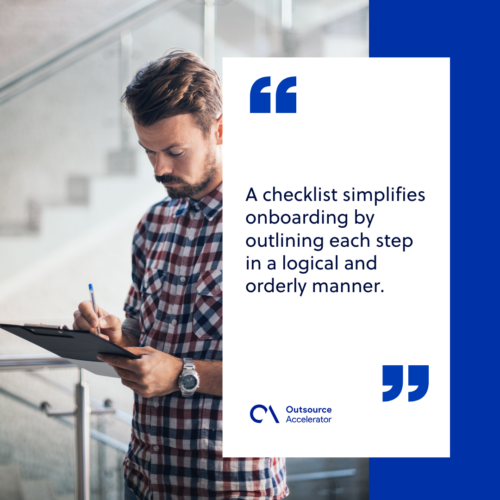
Builds confidence in new employees
When remote employees receive clear instructions and timely support, they feel more confident and prepared. A well-planned checklist provides them with the tools, access, and resources they need to contribute early on.
Promotes better communication
Remote onboarding requires intentional communication. A checklist prompts regular check-ins, introductions to team members, and access to communication platforms.
This helps new hires feel connected and informed, even when they are working remotely.
Reduces costly mistakes
Without a checklist, critical tasks can slip through the cracks, resulting in delayed setup, project alignment, or compliance steps. A documented process helps avoid missed steps that could lead to errors or delays.
Supports long-term retention
An organized onboarding experience leaves a strong first impression. When new hires feel valued and supported, they’re more likely to stay. A remote onboarding checklist lays the groundwork for long-term engagement and job satisfaction.
Remote onboarding checklist: A step-by-step
A well-organized remote onboarding process helps new hires feel confident and connected from the very start. With a clear structure, companies can set expectations, provide essential tools, and create a sense of belonging, no matter the distance.
Pre-boarding
- Send a welcome email. Share a warm welcome message with key details, including start date, schedule, team introductions, and login credentials.
- Set up accounts and tools. Create company email, software logins, and access to communication platforms like Slack or Microsoft Teams.
- Ship equipment. Deliver laptops, accessories, and any necessary hardware in advance. Include setup instructions for a smoother first day.
- Share the onboarding schedule. Outline the first week’s agenda, including meetings, training sessions, and check-ins.
- Assign a buddy or mentor. Connect the new hire with a colleague who can offer guidance and help them navigate the company culture.
Onboarding
- Host a virtual welcome meeting. Kick off with an introduction from HR or team leads, followed by an overview of the company’s mission and values.
- Conduct an IT setup session. Walk through the technical setup and troubleshoot any access issues in real-time.
- Provide role-specific training. Introduce job responsibilities, tools, and project expectations tailored to the new hire’s role.
- Introduce key team members. Schedule one-on-one meetings or team huddles to foster early connections.
- Review company policies and documents. Walk through the employee handbook, code of conduct, and any legal or compliance-related material.
Ongoing support
- Schedule regular check-ins. Hold weekly or bi-weekly meetings with managers to discuss progress and address questions.
- Offer continuous learning resources. Give access to online courses, internal wikis, and knowledge bases for skill development.
- Encourage feedback. Invite new hires to share their onboarding experience and suggest improvements.
A structured remote onboarding process builds confidence, boosts productivity, and strengthens team alignment from the very start.
Partner with Remote Employee for seamless virtual hire transitions
Partnering with Remote Employee helps organizations make sure each new remote staff member lands smoothly and successfully.
As a leading remote staffing provider, its expertise is rooted in robust remote onboarding checklists and proven strategies. These elements guarantee a genuinely positive launch for new hires, ensuring strong engagement and impressive productivity right from their first day.
Book a consultation with Remote Employee today to revolutionize your virtual hiring experience!
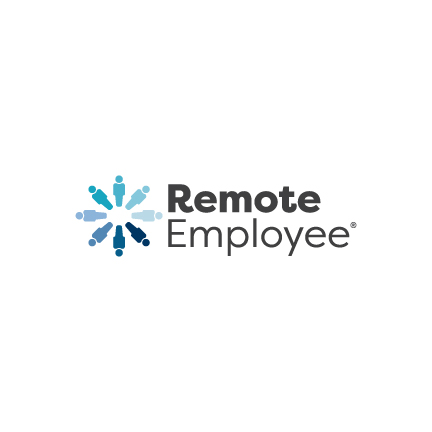
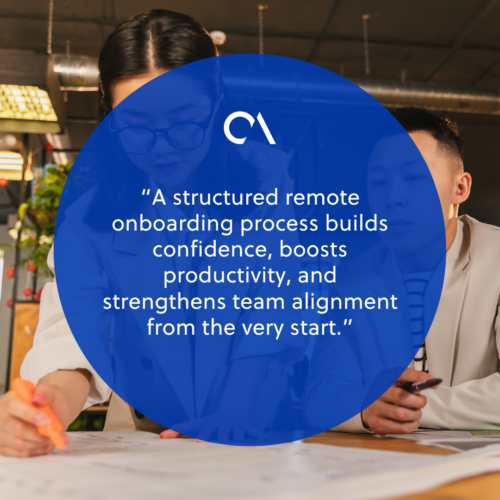
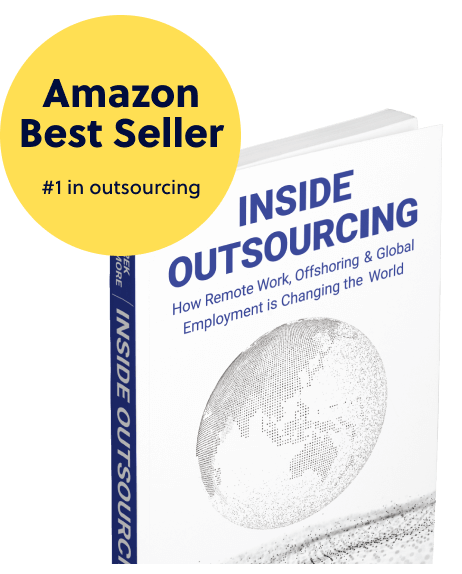



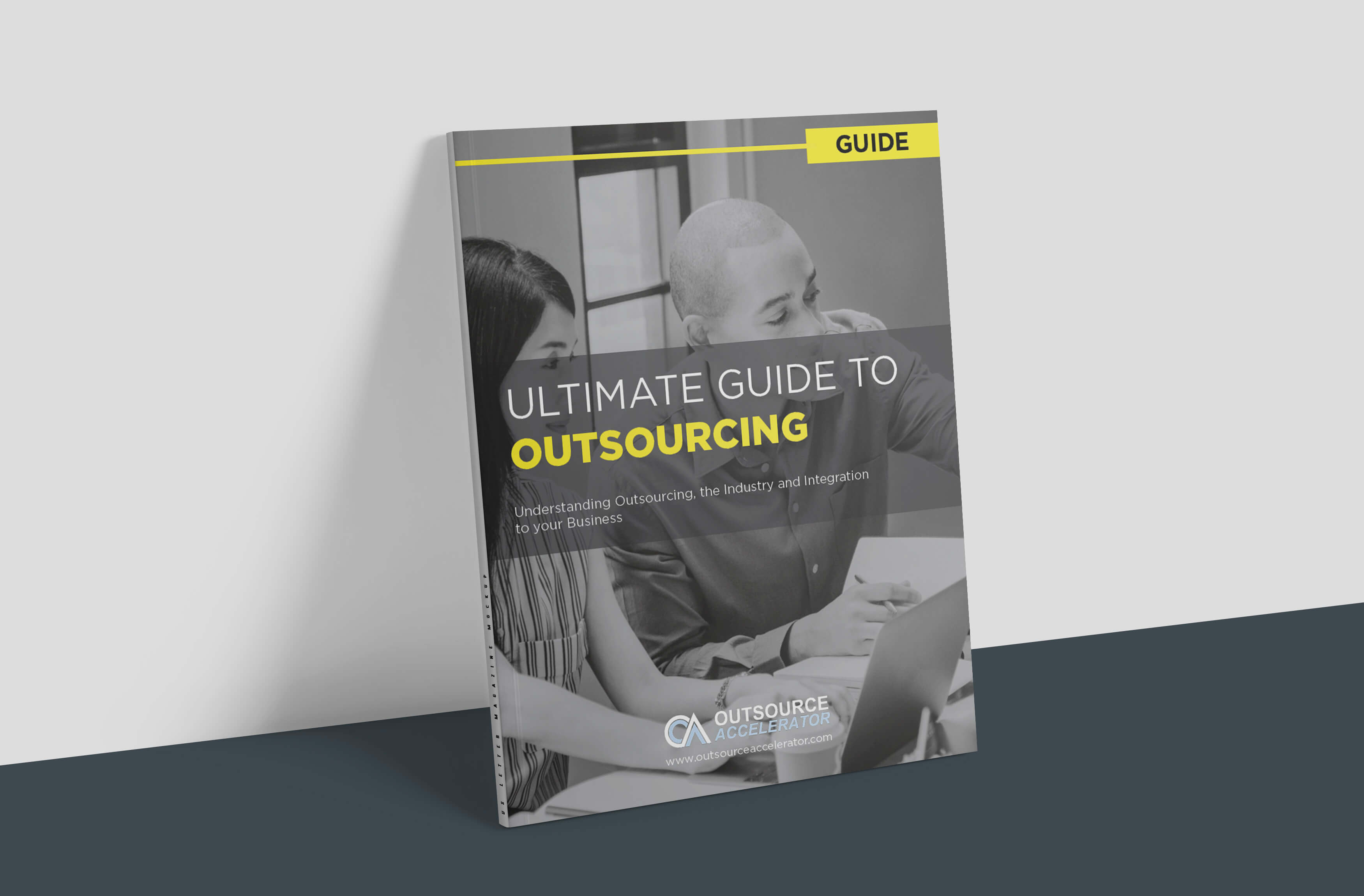

 Independent
Independent




